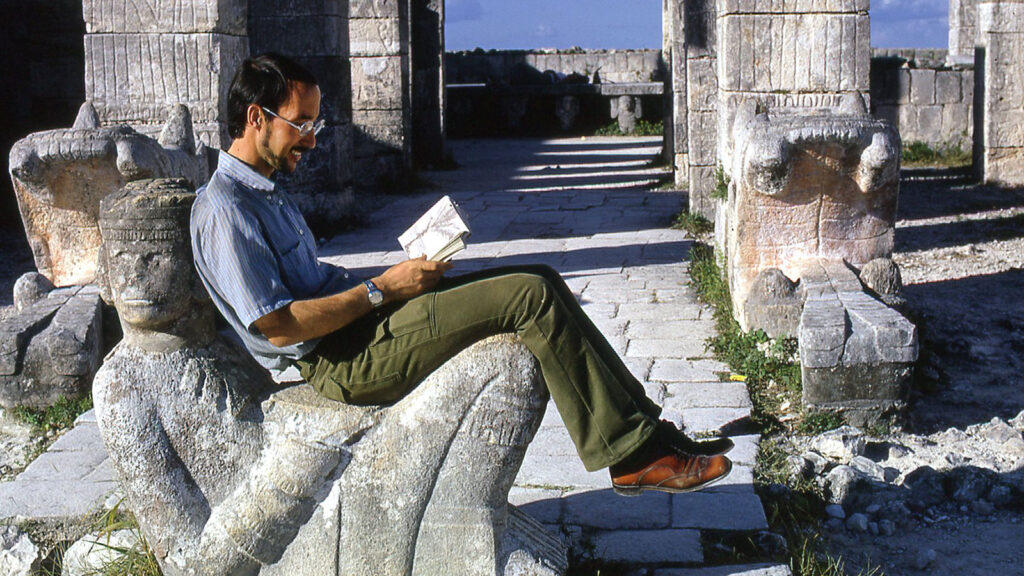Passive and dynamic time
In today’s worldview of physics, time is a homogeneous trajectory that can be traversed in both positive and negative directions outside of events. Within this trajectory, there is also a preferred direction when a system develops in the direction of maximum probability and generates entropy. This time of physics is clock time. However, the theory of relativity also shows that time runs at different speeds in a system that is moving at different speeds. It can be present there as the past or as the future. Time would be an illusion and thus frozen at a state that conveys different times. In contrast, the arrow of time, as a trace of energy, as effective time, develops only in the direction we experience (Books Time arrow as trace of energy. Logical key to a spiritual universe / Zeitpfeil als Spur der Energie. Logischer Schlüssel zu einem geistreichen Universum). It follows the energy that reaches us from the sun.
This real time is associated with useful energy that gives and loses information to create chaotic energy in the form of entropy. Time is therefore a loss of information about the past and a dynamically directed process. The mathematical formulae derived on this basis make it possible for the first time to derive thermodynamic laws without further assumptions of fundamental principles (Ref. 451). Moreover, in this model, time passes as a loss of information (which can be documented) and shifts relative to other time events. Thus, the new dynamic physical time, action time, becomes identical with directed time as also understood by humanists, biologists and geographers. An old dilemma of the natural sciences and natural philosophy is overcome in this way, which will also allow us to penetrate philosophically deeper into the secrets of nature.


 Deutsch
Deutsch Italiano
Italiano